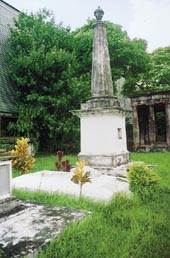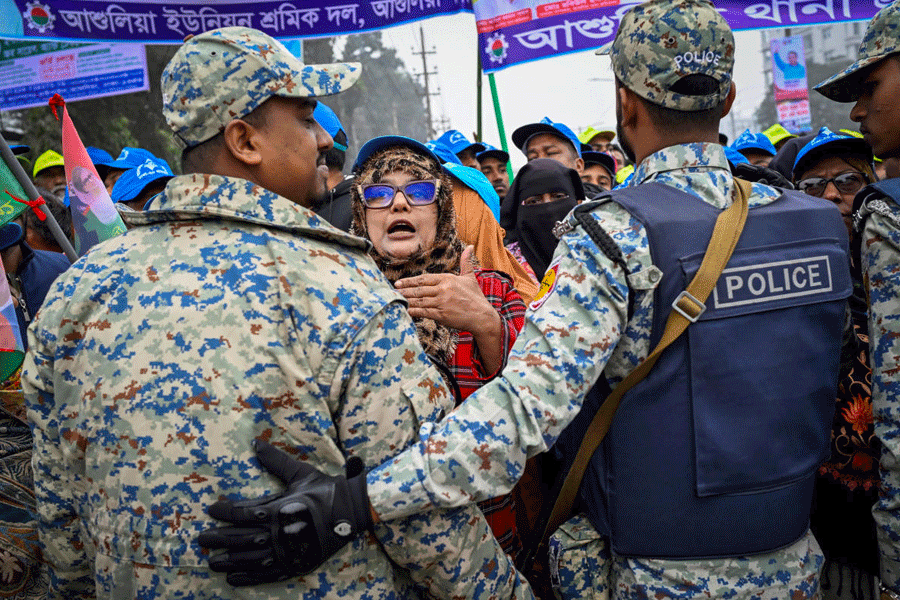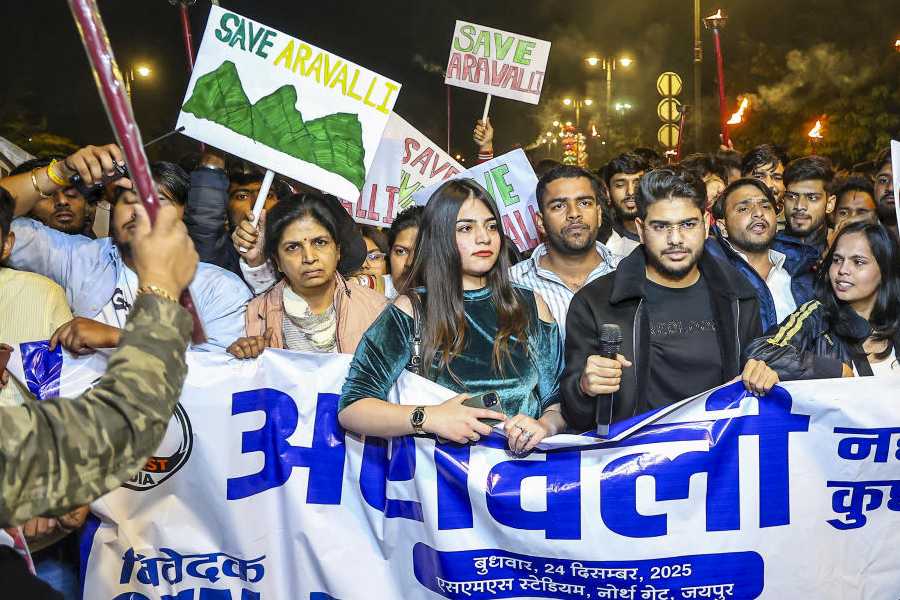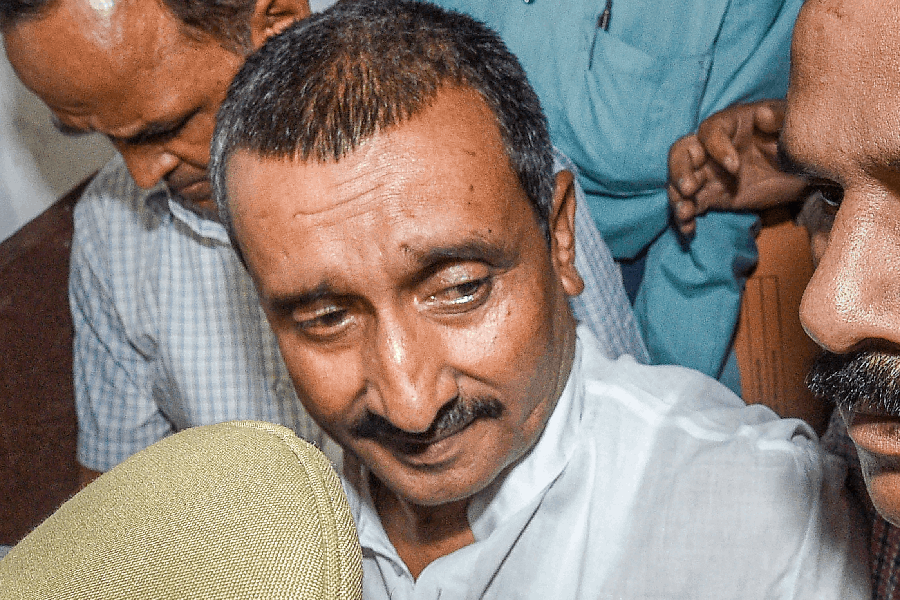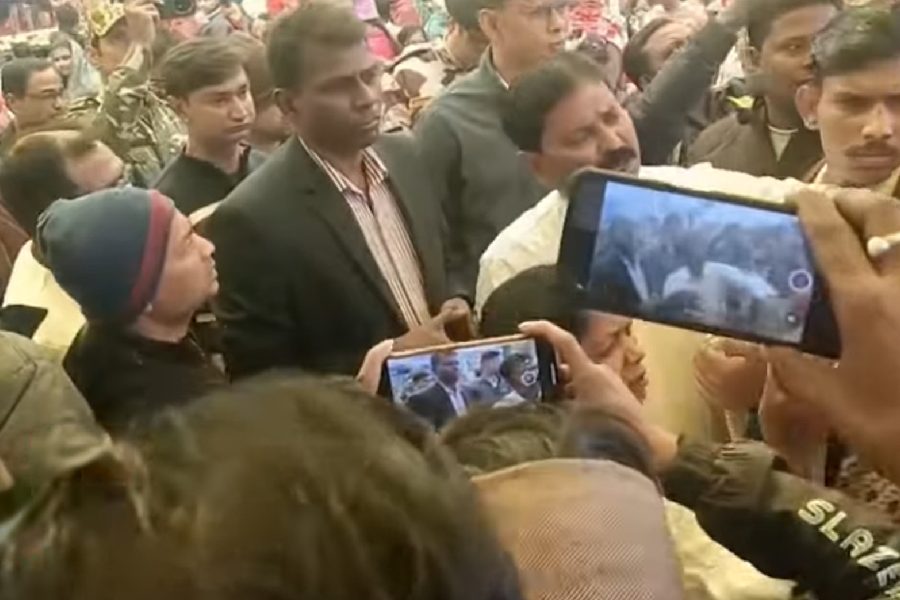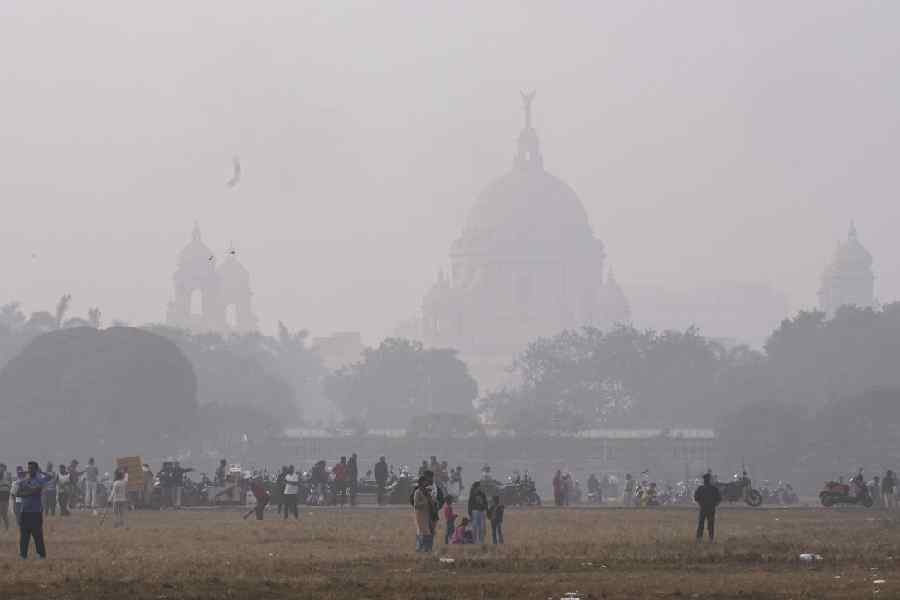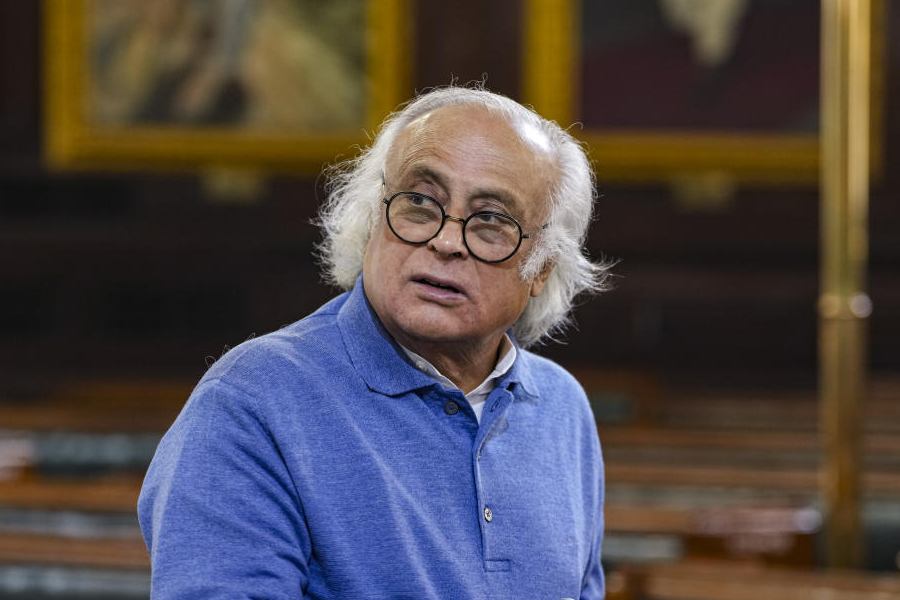 |
| The tomb of Derozio in South Park Street Cemetery |
Park street is one of the few thoroughfares in the city through which buses and trucks are not allowed to tear down. There are enough cars and taxis constantly on the move to more than make up for this. The flow of pedestrians, too, is quite phenomenal, each individual trying to jostle past the other. Thousands walk all the way either from Park Circus or AJC Road, to catch the Metro, or are disgorged by it.
Park Street, we hear, has been renamed after Mother Teresa. Not exactly a street one associates with a saint, but the spirit of its familiar name was violated long ago. Photographer Ahmed Ali used to take pictures of the Anglo-Indian dancers and crooners recruited by impresario K.C. Sen that were displayed in restaurants. He recounts an incident to explain how traffic-free Park Street used to be in 1951. “I took some friends to Lighthouse cinema from Ballygunge for an evening show. One of them had forgotten her glasses. Just before the lights came up during the interval, I drove back home and was back before they had started going dim.”
Park Street exists in Upjohn’s map of 1794 and it was popularly known as Gorastan Chowringhee ka Rasta for it terminated at South Park Street Cemetery at No 52. Behind Loreto House at the end of Middleton Row stood the house of governor Vansittart, which later became the home of Elijah Impey, chief justice of the Supreme Court in the 1760s. Memories of the large garden stretching from Russell Street to Camac Street, amidst which this building was situated and which gave the street its name, resonate in pockets of the thoroughfare.
The 1915 issue of the almanac, P.M. Bagchi Directory Panjika, lists two other graveyards at the McLeod Street crossing that have been obliterated. Apeejay School has come up over the one at No 115. And more famously, the Assembly of God Church towers, hospital and school have appropriated what once used to be North Park Street cemetery at No 25. There is a lone sepulchre at a corner of the AG property. It very conveniently serves as storage space.
Mordy Cohen, whose family has lived in a bungalow in Park Lane since 1944, remembers how pavement dwellers, mostly from South 24 Parganas, occupied the open space after the graveyard was levelled. They formed the Bustee Congress and turned the space into a shantytown. But Dr Mark Buntain, who founded AG school and hospital, succeeded in ousting these intruders. Soon, sheer walls of forbidding granite came up there.
The huge necropolis opposite it – South Park Street cemetery – has kept death in abeyance. It is a serene and romantic spot submerged in an aqueous haze. Crowded with sepulchral pyramids, obelisks and urns, some towering above the rest, it stands amid shady groves. These funerary masonry structures are covered with layers of velvety moss that vary in shade from the deepest viridian to sap green.
Parkomat, the giant car-parking enclosure on Rawdon Street never much in use, was recently built next to the cemetery without leaving any breathing space in between. It is suspected that Parkomat partially blocks the cemetery’s drainage system. The Board has of late cleared four of the six main “pits” leading to the Corporation sewerage system.
Like the cemetery, hidden from without, another world lies preserved in Park Street of whose existence one becomes suddenly aware when a turret or a cupola unobtrusively drifts into one’s field of vision.
No 87 is cocooned within high walls and mango groves. A long drive past the servants’ quarters leads to three large bungalows with wooden staircases. Now the Poddars own it. A historian, who was raised here, says at the time when Calcutta was frontline for the Burma war, 87 F and G housed Ensa, the principal theatre group. Artistes like Noel Coward used to entertain the soldiers at the St Xavier’s College hall.
Pitched battles would often break out between the British Tommies and American GIs stationed there. What is now the Board of Secondary Education, was the army barracks in 1942. Fights would break out over payment after the GIs emerged from the cat houses of Park Lane.
No 85 next to it was once the residence of the nawab of Murshidabad, and the veil of secrecy behind which it hid was lifted after one of the two gates disappeared recently. It is a palace turned a squatters’ haven crumbling to dust. A notice board at the entrance reads: This place belongs to the government of West Bengal (judicial department) Murshidabad estate. The property has been in status quo for over a 100 years.
The only occupant even remotely royal is Afshan Meerza, widow of Sajid Ali Meerza, whose father was Wasif Ali Meerza, the second nawab of Murshidabad. Amidst the squalor, her quarters are comfortably middle class. But for egress, visitors like I have to climb down the spiral service staircase.
The past is like a picture gallery to Ayesha Das. This teachers’ trainer has lived in Queens Mansion for 62 years ever since she turned two. “There used to be a doll’s hospital where we went with our Betsy Wetsys. It was a genteel shop called Mrs E. Woods’. It is now Music World. The D.J. Keemer’s office used to be in Artistry House. Satyajit Ray worked there. Now it is Park Hotel. Grail Club for Anglo-Indians was on the ground floor. It was always full of people. Initially, Flury’s and Trinca’s used to be together. They were Swiss. Then their owners’ families fell out and they parted company.
“The Park used to be where Blue Fox is now. It was a wild place meant for sailors – like Isaiah’s in Free School Street. Above it was Revival Centre, run by the Assembly of God Church, a place for hymns and prayers,” says Das.
Pots and pans, banquet sets, objets d’art, ivory, carpets, furniture, lion and tiger cubs, kangaroos tumble out of the memory of Gloria Mehra Walker, one of the daughters of Josephine Dwiety Mehra, a Khasi matriarch, who had opened Victor Brothers, the auctioneers, in 1941. And the items above were some of the stuff that went under the hammer every Sunday.
She can visualise the Japanese bombing Calcutta when trenches were dug under Park Mansion. Further back, she could see Mr T.M. Thaddeus, “a short guy with a big tummy” who built Park Mansion. “He always had a small dog. He owned a Rolls-Royce but he went about in a rickshaw for he never trusted his driver.”
So I walk into Flury’s for a taste of nostalgia. The manager, who wears a huge red tika and a yellow polyester shirt, announced that Calcutta’s favourite tearoom, the only one with a picture window, will be made over soon.

